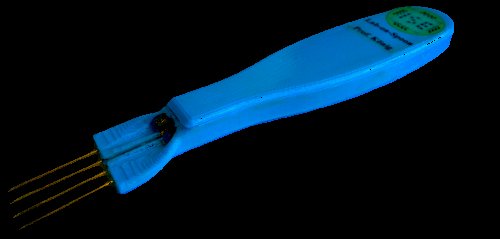Subject:

Abstract:
Since ancient times the ones in power always had to fear the poisoning of their food to deprive them of power and life. Employing a taster to check every meal and dish before consumption was a common counter measure. These days, the problem of dangerous food due to contamination or adulteration has aggravated and broadened to the average consumer. Though there are common and quite numerous cases of unintentional contamination of of food, an increasing amount of profit driven activities to extend food sales quantity by cheap and in many cases very dangerous additives can be found. Some examples of increasing danger for the consumer are, e.g., injection of water in meat or fish to increase weight, mixing of salt or spice powders with various cheap additives, sweetening wine by anti-freezing agent (diethylen glycol), or the sale of recycled ot otherwise generated questionable oils as frying oil. an increasing number of these food falsifications or adulterations could be detected by contemporary sensory systems taking the role of the taster for the average consumer. In particular, integrated sensory systems allow the embodiment of such functionality in the shape of ordinary items of daily life, e.g., spoons, forks, bowls etc.
In our work we have conceived the E-Taster Assistance System, that employs devices such as, e.g., Lab-on-Spoon, to assess ingredients and also procesing step results in food preparation. Thus, the E-Taster Assistance System can serve in Ambient-Assisted-Living-Scenarios to support users challenged by illness, age, or accident in assessing correctness, pureness, and freshness of ingredients and of food processing steps. Further, problems due to food adulteration, possibly out of human preceptive capability, can be detected and put to the attention of the consumer. The following figure shows the block diagram of our E-Taster Assistance System:
The current stationary version of our E-Taster Assistance System bases on a smart-kitchen-server, which runs a system to communicate with the user, instrumented devices, a dedicated database, efficient pattern recognition. A key module is an electronic or e-cookbook with a recipe collection, that is controlled by gestures and employs speech output and possibly input. The e-cookbook collects sensor context from, e.g., Lab-on-Spoon, or other devices for the recipe steps. The Lab-on-Spoon has been conceived in prior work (CeBIT 2014) for liquid food analysis and has been extended now to multispectral analysis capability. It bases on the popular Arduino platform, that is enjoying increasing acceptance for IoT device implementation. The following block diagram shows the architecture of the new multispectral Lab-on-Spoon, which will be presented to public at CeBIT 2015: The multispectral Lab-on-Spoon (LoS-MS) is conceived as a 3.3 V system based on an Arduino Pro Mini (3.3V, 8 MHz). It offers temperature sensing, multicolor sensing, and impedance sensing. This achieved by a UST Pt10k sensor and readout circuit, a MAZet MCS6CS multicolor sensor with two MCDC04 readout chips, and AD5933 based impedance measurement in the range up to 100 kHz. The LoS-MS is equipped with active illumination and background light canceling.
A white light LED and a 750 nm LED are employed in two cycles, as, e.g., the Center-Diode of the MCS6CS shows exploitable sensitivity for that wavelength. Communication with the server and the E-Taster Assistance System is achieved either by USB or wireless by the XBee interface. The autonomous Los-MS includes an Li-Po-accumulator, that will be charged via the USB connector. As the employment of the MAZet MCDC04 was not possible due to the Repeated-Start-Protocol, the LoS-MS system has been implemented based on the SoftI2C-Library. A simple Arduino program for the MCS6CS by two MCDC04 will be provided HERE after CeBIT 2015. The following annotated photo shows a LoS-MS with an open package and indications the named components of the autonomous measurement system:
The e-cookbook of the E-Taster Assistance System requests the user at appropriate steps of food preparation to fill the expected ingredient in the spoon and press the LoS-MS button for confirmation. This ‘handshake’ procedure prevents ambiguous situations, e.g., empty spoon or spoon filled by a mixture of residuals of previous ingredients. The requested sensory context of LoS-MS will be transfered to a pattern recognition module in the e-cookbook of the E-Taster system, processed, and a a decision will be made by a previously designed classification system. The user will be informed on the outcome of the test. The following picture shows the encapsulated autonomous LoS-MS ready for measurement:
For more detail: The E-Taster Assistance System with Lab-on-Spoon and Lab-on Fork as ‘Electronic Tongues’
